Purple Delight Agapanthus (Lily Of The Nile) – 2 Gallon Pot
$49.97 Original price was: $49.97.$34.98Current price is: $34.98.
SKU: D2LSC 8997609098 Categories: Rare Flowering Plants, RARE PLANTS
- Shop with ease, buy with confidence.
- Safe and Secure Payments, Always
- Prompt service, every time.
- Fast, friendly, always here to help.

Purple Delight Agapanthus
Agapanthus ‘Purple Delight’
Plant Details
USDA Plant Hardiness Zones: 8a-11 Find Your Zone
Plant Type: Flowering Perennial
Height or Length at Maturity: 24-36″
Width at Maturity: 18-24″
Spacing: 18″ apart for mass plantings; 36″+ apart for space between plants
Spacing: 18″ apart for mass plantings; 36″+ apart for space between plants
Growth Habit / Form: Clumping, Upright
Growth Rate: Moderate
Flower Color: Purple
Flower Type: Single flowers in large clusters
Flower Size: 2″
Flowering Period: Summer into Fall
Flowering Period: Summer into Fall
Fragrant Flowers: No
Foliage Color: Dark Green
Fragrant Foliage: No
Berries: No
Sun Needs: Full Sun or Part Shade
Water Needs: Average, low when established
Soil Type: Clay, Loam, Sand, Silt
Soil Drainage: Well Drained Moist
Soil pH: 6.5 – 7.5
Maintenance / Care: Very Low
Attracts: Visual attention, Birds, Butterflies, Beneficial Pollinators
Resistances: Deer, Disease, Drought (when established), Heat, Humidity, Insect
Description
A season extending late bloomer from mid summer into fall, Purple Delight Agapanthus, also known as Lily of the Nile, is an evergreen perennial featuring attractive clumps of dark green strap-like leaves from which rise very sturdy stalks to 36 inches tall that are topped with large clusters of beautiful, funnel-shaped purple flowers. The flowers are perfect for cutting and will be enjoyed by the butterflies and hummingbirds. Excellent in garden beds or containers that can be situated on patios, decks and around other outdoor living spaces.
Landscape & Garden Uses
Growing 24 to 36 inches tall and wide, the Purple Delight Agapanthus is ideal for use as an accent in small garden spaces or in groupings in landscape borders and home foundation plantings. A great centerpiece in combination container gardens. A fine addition to Asian gardens, perennial gardens, butterfly and hummingbird gardens, rock gardens, purple theme gardens, and tropical-look gardens.
Suggested Spacing: 18 inches apart for mass plantings or solid borders; 36 inches or more apart for space between plants
How To Measure Total Square Feet Of A Planting Area
How Many Plants Needed To Cover A Planting Area?
Note: For our customers who live and garden north of USDA Plant Hardiness Zone 8a, where this Agapanthus variety is not winter hardy, you’ll be happy to know it can be grown in containers that can be brought indoors during winter and placed back outside when temperatures warm up in spring.
Growing Preferences
Agapanthus is easy to grow in most any moist but well-drained soil of average fertility and full sun to part shade. The more sun the better for best flowering. When established, plants are quite drought tolerant requiring supplemental irrigation only during prolonged periods of severe drought. Constantly soggy or wet soils are problematic.
Note: Find helpful advice from our experts under the Planting & Care tab above on desktop monitors or below on mobile devices.
Plant Long & Prosper!
Meet The Wilson Brothers & Staff
Questions? Contact Us!
This Agapanthus exceeded my expectations, both size, quality and health. We especially like the deep purple blossoms.—————————–We are so glad yall are pleased with your purchase! Thanks for the kind words and great review! Beth | WBG 🙂
Be the first to review “Purple Delight Agapanthus (Lily Of The Nile) – 2 Gallon Pot” Cancel reply
Related products
Sale!
RARE PLANTS
Sale!
RARE PLANTS
Sale!
RARE PLANTS
Sale!
RARE PLANTS
Sale!
Sale!
RARE PLANTS
Sale!
Sale!



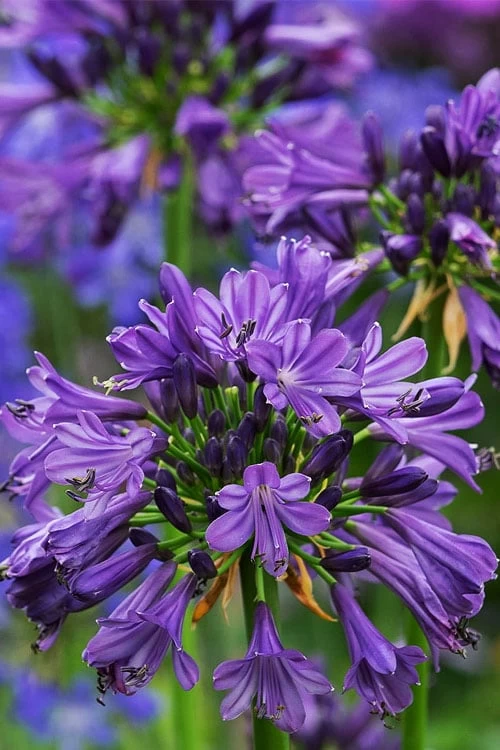
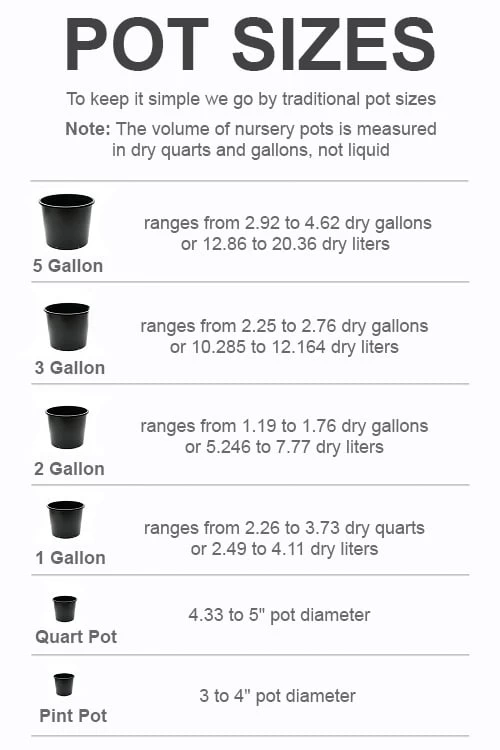

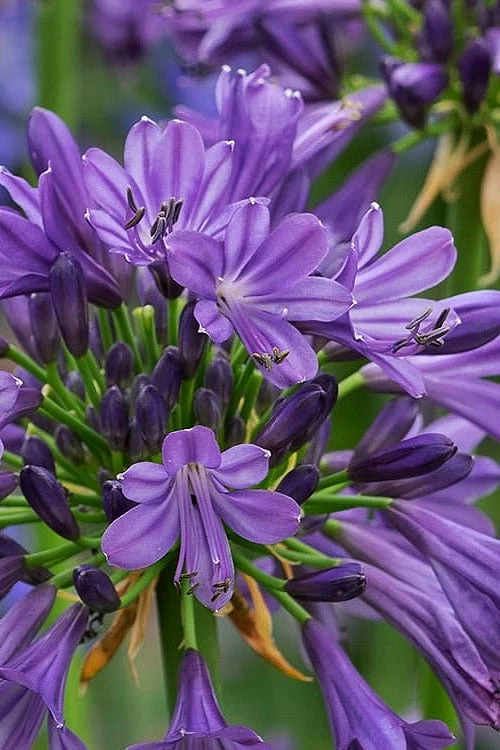
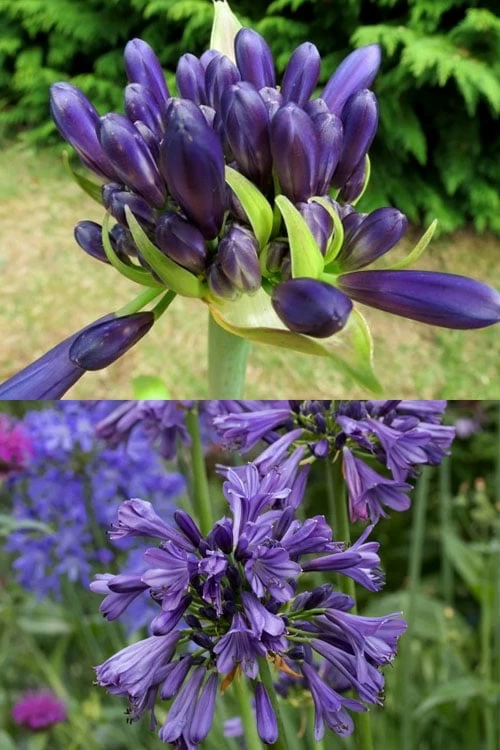

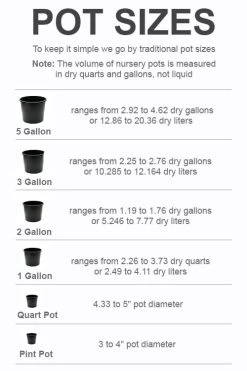

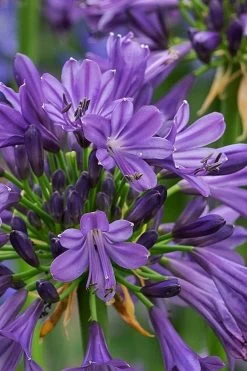

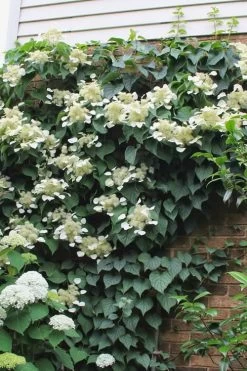


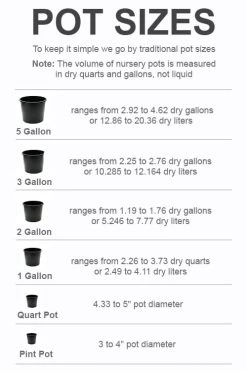
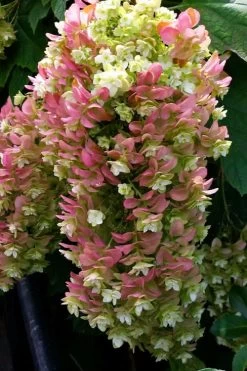
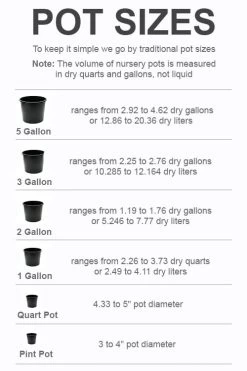
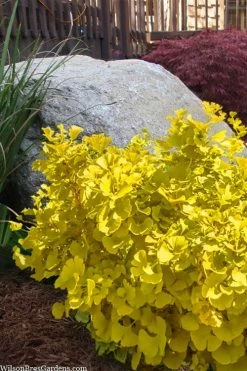
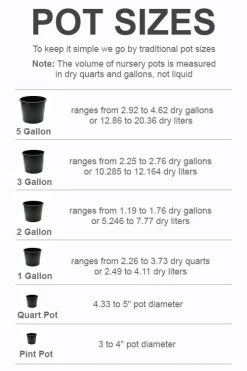
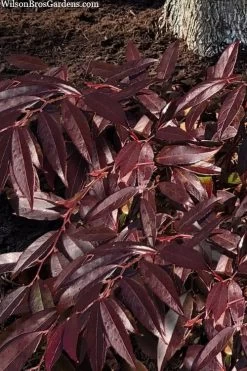

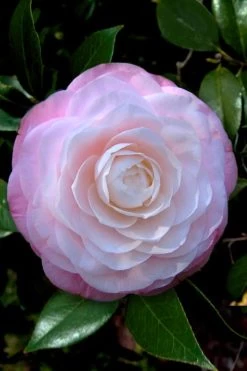
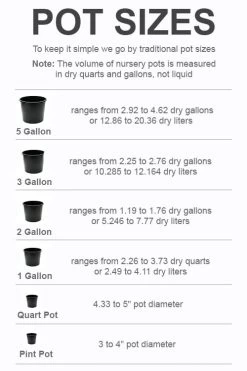
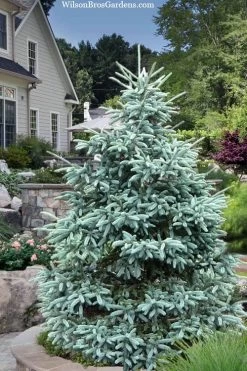

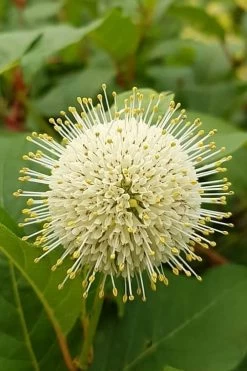
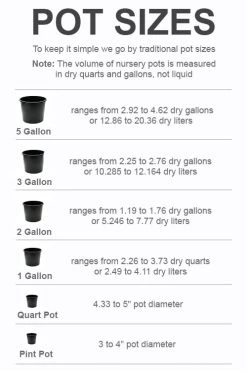
Reviews
There are no reviews yet.